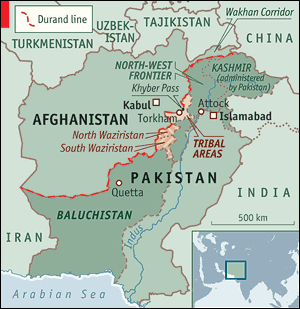Q.5 Comment in detail on mechanism of conflict resolution between Pakistan and Afghanistan and on Durand line issue. 2019

Pakistan and Afghanistan have a long-standing history of conflict and tension, with many issues and disputes that have yet to be resolved. One of the most contentious issues between the two countries is the Durand Line, which is the boundary line that separates Pakistan and Afghanistan. The Durand Line was established in 1893 by Sir Mortimer Durand, a British colonial official, and it has been a source of dispute and conflict between the two countries ever since.
The mechanism of conflict resolution between Pakistan and Afghanistan has been primarily focused on diplomatic efforts, negotiations, and dialogue. Several initiatives have been taken to improve bilateral relations and address outstanding issues, including the establishment of joint committees and commissions, as well as high-level visits and talks between officials from both countries.
However, progress has been slow, and many of the disputes between Pakistan and Afghanistan remain unresolved. One of the main obstacles to conflict resolution is the lack of trust and mutual suspicion between the two countries, which has been fueled by historical grievances, political instability, and the influence of external actors.
In the case of the Durand Line issue, Afghanistan has long contested the legitimacy of the border, arguing that it was imposed by British colonial authorities and that it does not reflect the ethnic and cultural realities of the region. Afghanistan has also accused Pakistan of violating its sovereignty by conducting military operations and supporting militant groups on Afghan soil.
Pakistan, on the other hand, argues that the Durand Line is a legally recognized international border, and that it has made efforts to improve security and stability on both sides of the border by conducting military operations against militant groups.
To resolve the Durand Line issue, there is a need for sustained dialogue and negotiations between the two countries, with the involvement of international actors such as the United Nations and regional powers such as China and the United States. The process should be guided by the principles of respect for sovereignty, territorial integrity, and mutual benefit, and should aim to address the concerns and grievances of both sides.
Overall, resolving the conflict between Pakistan and Afghanistan will require a long-term and multi-faceted approach, involving not only diplomatic efforts and negotiations, but also efforts to address underlying political, economic, and social issues that contribute to tensions and instability in the region.